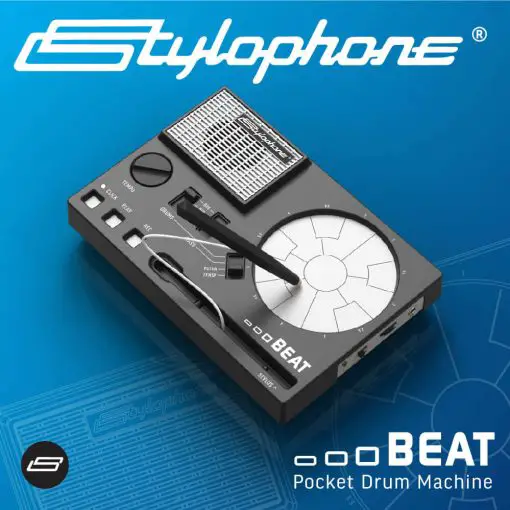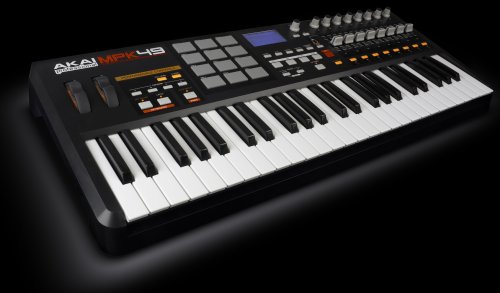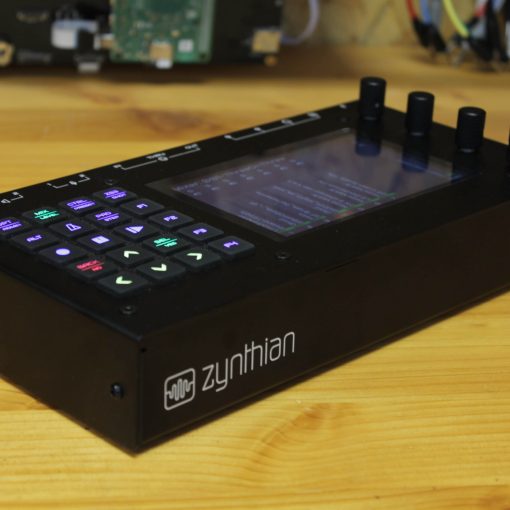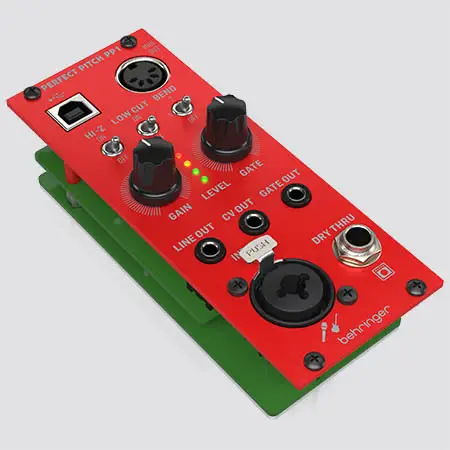A recent Gizmodo article looked at some entries in the “Museum of Failure” including the Juicero, We-Vibe 4, Lawn Darts and Google Glass. Perhaps more surprisingly was the inclusion of the Roland TB-303.
They write that “musicians quickly hated the gadget, mainly because it sounds nothing like a bass guitar. Despite this, the synth had a lot of bells and whistles that musicians and producers have come to love, but alas, it was too little, too late for the Roland 303.”
Really? A failure? Too little too late for this compact machine?
I did some digging and I think this attribution of failure is rather unfair. Thanks to a number of prominent musicians who decided to take a second look and repurpose the device, the TB-303 surely elevated itself to a new level of success. Perhaps not quite cult status like the Yamaha DX7, but perhaps not far off?
What was the TB-303?
The original purpose of the Roland TB-303 was to provide bass accompaniment for guitarists. It was designed and released by Roland in 1982 as part of their “Bass Line” series of synthesizers, which included the TB-303, the TB-302, and the TB-305. The TB-303 was intended to be an affordable and portable bass synthesizer that guitarists could use to add bass lines to their music.
However, the TB-303 was not very successful in its original intended purpose, and Roland discontinued production of the instrument in 1984 after only producing around 10,000 units. It wasn’t until a few years later, when electronic music producers in Chicago and Detroit began using the TB-303 in new and innovative ways, that the instrument gained its iconic status as a key element in the development of acid house and techno music.
Was the TB-303 generally loved or hated?
The Roland TB-303 was initially not very successful. However, when it was rediscovered and repurposed by electronic music producers in the mid-1980s, it became an iconic instrument in the development of house and techno music.
At the time of its rediscovery, the TB-303 was loved by some and hated by others. Some electronic music producers loved its unique sound and the way it could create squelchy, acid-style basslines, while others disliked its limitations and found it difficult to use. However, its distinctive sound and character made it a sought-after instrument among electronic music producers, and it has since become a classic and highly prized piece of gear. Particularly given its low production run and age, it’s now quite a rare item.
Today, the Roland TB-303 is generally regarded as an iconic instrument that played a significant role in the development of electronic dance music, and it has a devoted fanbase among musicians, collectors, and enthusiasts.
What music genres is the TB-303 most suited to?
The Roland TB-303 is most commonly associated with two particular genres of electronic music: acid house and techno. It played a significant role in the development of both of these genres in the late 1980s and early 1990s, and its distinctive sound and character have become synonymous with the sound of those genres.
In acid house music, the TB-303 was often used to create squelchy, resonant basslines that had a distinctively “acidic” quality. The instrument’s ability to create these unique and complex sounds made it a key element in the development of acid house, and it has remained an important tool for acid house producers to this day.
In techno music, the TB-303 was often used to create driving basslines and rhythmic patterns that provided the backbone for many classic techno tracks. The instrument’s ability to create repetitive and hypnotic patterns made it a perfect fit for the repetitive and hypnotic nature of techno music, and it has become a staple of the genre.
While the TB-303 is most commonly associated with acid house and techno, it has been used in a wide range of other electronic music genres as well, including electro, drum and bass, and more experimental forms of electronic music.
How versatile is the TB-303?
The TB-303’s sound engine used analog synthesis to produce its sound, and it featured a range of controls that allowed users to shape the sound in different ways. The instrument’s distinctive resonance filter, in particular, allowed for a wide range of complex and interesting sounds to be created.
While the TB-303 is most famous for its ability to create squelchy, acidic basslines, it can also produce a range of other sounds, including percussive sounds, melodic sequences, and more. The instrument’s versatility has been demonstrated by many electronic music producers over the years, who have used it to create a wide range of sounds and styles.
The TB-303 does have some limitations in terms of the types of sounds it can produce, and it is primarily known for its ability to create basslines and rhythmic patterns. Nonetheless, within those parameters, the instrument is capable of a wide range of sonic possibilities.
Who uses the TB-303?
The Roland TB-303 has been used by a wide range of electronic music producers and artists since its rediscovery in the mid-1980s. It played a particularly significant role in the development of acid house and techno music in the late 1980s and early 1990s.
Some of the notable artists who have used the TB-303 include Aphex Twin, Daft Punk, The Chemical Brothers, Orbital, Luke Vibert, Josh Wink, Richie Hawtin, Jeff Mills, Derrick May, Carl Craig, Juan Atkins and Plastikman.
These artists and many others have used the TB-303 to create iconic and influential tracks that have helped shape the sound of electronic music over the past few decades. The instrument remains a popular and sought-after piece of gear among electronic music producers and enthusiasts today.
How rare is the TB-303?
The Roland TB-303 has become quite rare and sought-after among musicians and collectors. Over the years, the demand for the TB-303 has increased, leading to a limited supply of available units. As a result, the prices for original TB-303 units have significantly risen in the secondhand market. Vintage and well-preserved TB-303 units can be quite expensive and may command prices well above their original retail value.
What about the TB-03?
To meet the ongoing demand, Roland released a reissue of the TB-303 in 2019 called the TB-03. While it aims to replicate the original sound and functionality, it is worth noting that vintage enthusiasts and collectors may still prefer the original TB-303 for its historical value and unique characteristics.
Conclusion
With the wealth of talent who adopted the TB-303 both soon after its release, and who continue to do so to this day, it seems very unfair to label the Roland TB-303 a failure. Fair enough, it failed at its intended purpose but ended up becoming an iconic piece of gear nonetheless. This must be testament to the versatility of both the instrument and the musicians who use it.




